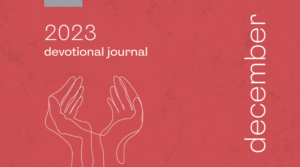Deeper ReflectionDaniel “exhibits more than one literary pattern”
32 . The book is commonly divided into two parts: chapters 1 to 6, which consist of stories, and chapters 7 to 12, consisting of visions. Another way to outline Daniel is chapters 1 to 7 and 8 to 12 which show certain theological perspectives of the book.The sovereignty of God is central in Daniel. But Daniel presents two dimensions of the sovereign presence of God: God’s
overt sovereign presence in Daniel 1 to 6, and God’s
covert sovereign presence in Daniel 7 to 12. In both text and narrative, God is more prominent and thus more present in Daniel 1 to 6 than in Daniel 7 to 12.Found in Daniel are eight divine titles that underscore the supremacy and sovereignty of God. They occur a total of 24 times, of which 18 times are found in Daniel 1 to 6, and six times in Daniel 7 to 12.The divine titles, “the God of heaven” (five times)
33 , “the Most High God” (eight times)
34 , “the great God” (2:45), “God of gods and Lord of kings” (2:47), “Heaven that rules” (4:26), “the King of heaven” (4:37) and “the Lord of heaven” (5:23), are found in the first half of Daniel. The divine titles mentioned in Daniel 7 to 12 are: “the Most High God” (7:25), “the Highest One” (four times)
35 , and “God of gods” (11:36). And very distinctive in Daniel 1 to 6 is God’s miraculous deliverance of His people who face opposition: from the fiery furnace (3:24-27) and the lions’ mouths (6:19-23).But the prominent presence of God and His miraculous deliverance in Daniel 1 to 6 tell only half of the theological story of Daniel. It is incomplete.
32 Joyce G. Baldwin, 499
33 Daniel 2:18, 19, 28, 37, 44
34 Danie l3:26; 4:2, 17, 24, 25, 34; 5:18, 21;
35 Daniel 7:18, 22, 25, 27

